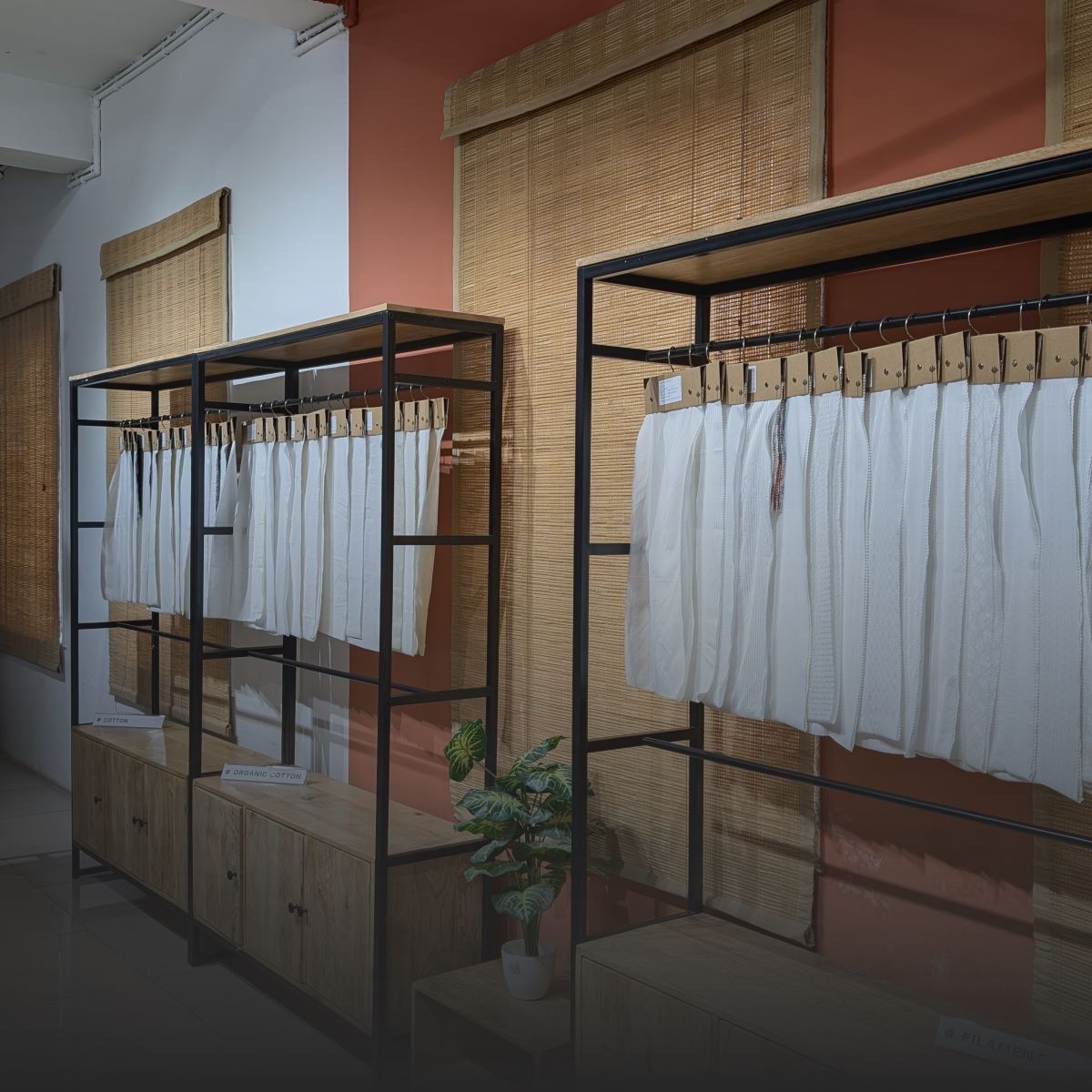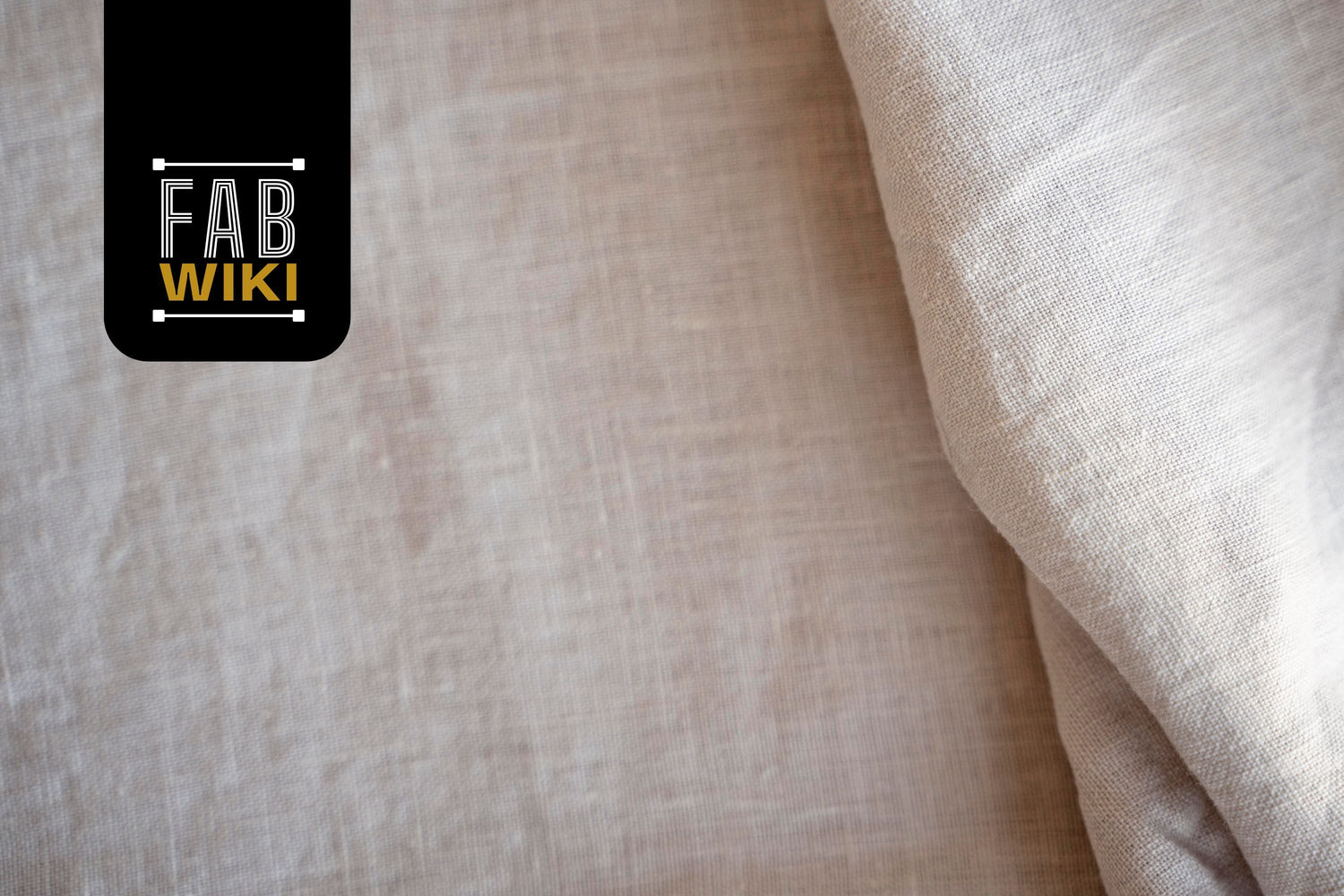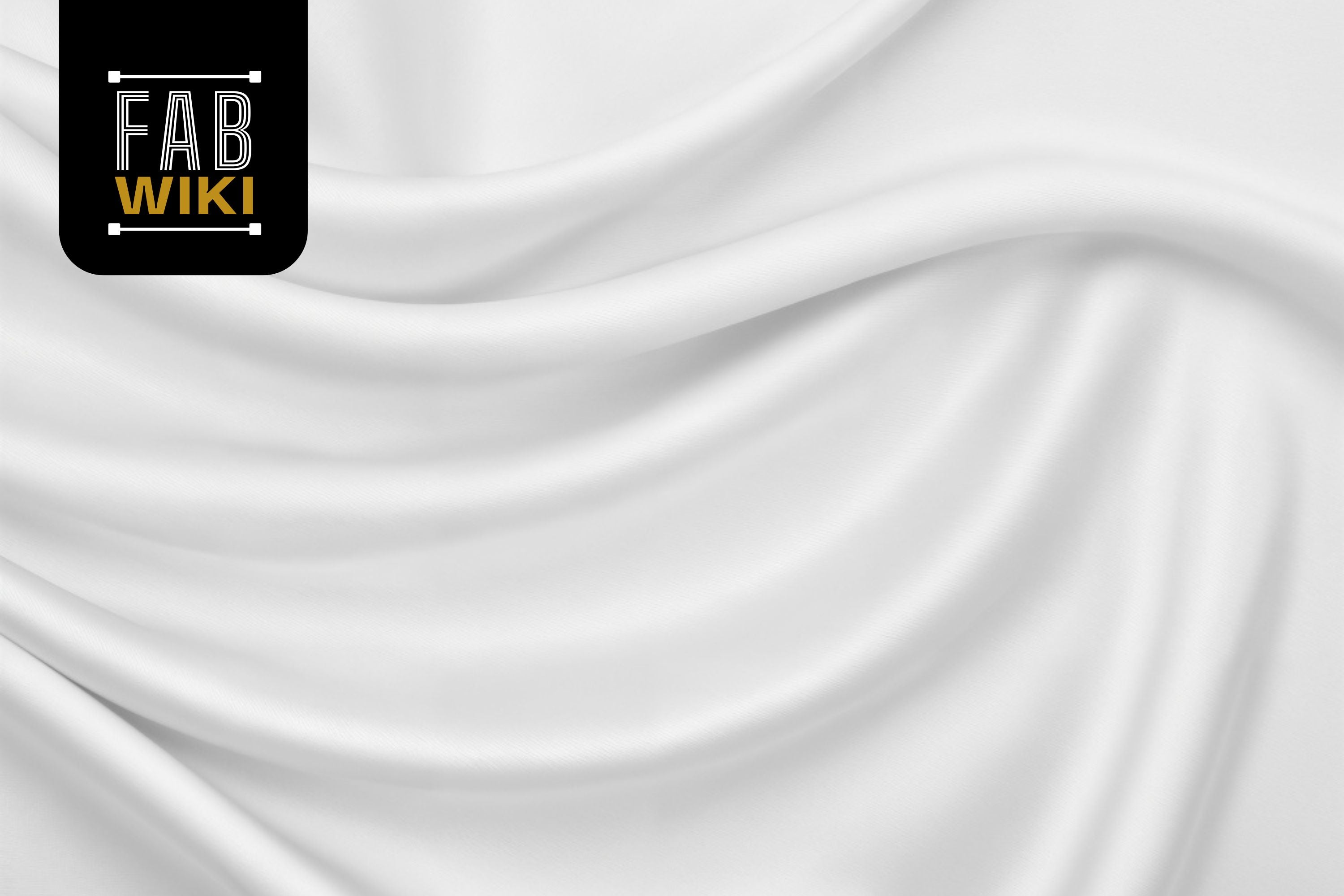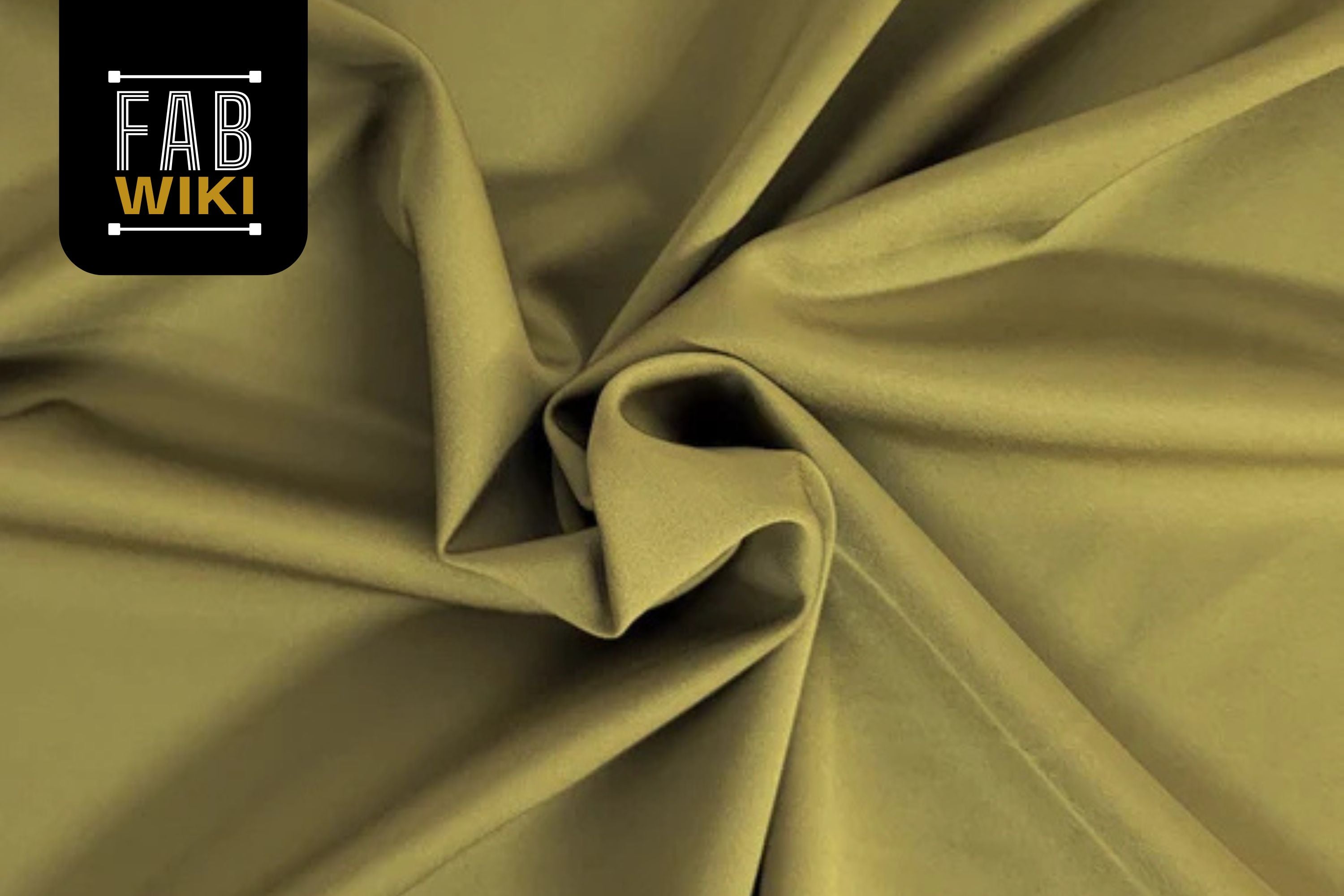Rose Petal Fabric is an emerging sustainable textile made from the cellulose found in rose petals and the bark surrounding the plant's stem, and is frequently sourced from floral by-products. The petals are processed to create a soft, silky fabric that feels luxurious while being eco-friendly. By turning floral waste into usable fibres, rose petal fabric reduces environmental impact and offers designers a fresh alternative to conventional textiles. In this guide, we'll explore how it's made, its unique qualities, pros, cons and common uses in fashion and beyond.
What Is Rose Petal Fabric?
Rose petal fabric is an innovative, sustainable textile that is made from the cellulose of rose petals and the bark around the stem of the rose plant. Further, this fabric transforms floral by-products into something luxurious and wearable.
The process begins with collected rose petals, which are carefully cleaned and processed to extract their cellulose. This cellulose is then regenerated into fine fibres, spun into yarn, and finally woven into fabric. The result is a silky, lightweight material that feels soft against the skin, drapes beautifully, and carries the unique appeal of being derived from roses.
However, turning discarded petals into textiles reduces waste while offering designers a fabric that is both gentle and stylish. This makes it especially popular in sustainable fashion collections.

How Rose Petal Fabric Is Made
The manufacturing of rose petal fabric follows a multi-step method focused on extracting usable cellulose from petals and stem bark, and converting that into textile fibres.
Below is the process, which shows how the rose petal fabric is made:
-
Collection & Sorting: Rose petals and bark from rose stems are collected. Petals often come from floral waste (e.g. from floriculture, perfumery). The bark (around the stem) also contributes to the raw fibre content.
-
Washing & Cleaning: The collected petals and bark are washed to remove dirt, debris, and possibly pesticide residues, so the cellulose extraction is clean.
-
Cellulose Extraction: The cleaned material is processed to extract cellulose. Jayley points out that both petals and bark are used, likely involving chemical or enzymatic methods to separate cellulose from non-fibrous matter.
-
Fibre Formation: The extracted cellulose is dissolved in a solvent and regenerated into fibres (similar to processes used for rayon/viscose). These regenerated fibres are then spun into yarn.
- Weaving / Knitting / Finishing: The yarn is then made into fabric (woven or knitted). Finishing steps (washing, softening, possibly dyeing) are applied to improve Texture and handle.
Key Material Properties of Rose Petal Fabric
Here are the key properties of rose petal fabric:
- Soft and smooth Texture: Because rose petals and bark cellulose are delicate, the resulting fabric tends to have a silky, gentle hand feel.
-
Breathability and comfort: Plant-cellulose fibres usually allow air circulation; rose petal fabric is likely breathable and comfortable for garments.
-
Floral origin / natural scent potential: Some claims suggest fabric may retain faint rose fragrance or aromatic qualities, though this likely depends on how well the finishing preserves or loses volatile compounds.
-
Eco-credentials: Utilising floral waste (petals and stem bark) helps reduce waste by using parts of the plant that might otherwise be discarded.
-
Gentle on skin: Likely hypoallergenic or more skin-friendly due to its natural botanical source (though actual skin tests would depend on finishing chemicals).
Variants & Forms of Rose Petal Fabric
Rose petal fabric is relatively novel, so variant types are still emerging; however, some possibilities are evident based on its production and source.
-
Pure rose petal fibre fabric: 100% fibre from rose petals & bark cellulose without blends.
-
Blended versions (with cotton, silk, or other plant fibres) to enhance durability, drape, or cost efficiency.
-
Different fabric constructions: knit (for stretch / softer drape) or woven (for structure).
- Finishes: dyed or undyed, possibly scented, with finishing to enhance softness and durability.
Pros & Cons of Rose Petal Fabric
Using rose petal fabric has advantages that align with sustainable fashion, but as with any new fibre, there are limitations to consider.
Below is the table which shows pros and cons of Rose petal fabric:
|
Pros |
Cons |
|
Uses floral waste (petals & bark), reducing agricultural/flower waste. |
Likely more costly due to novel processing and lower scale of production. |
|
Produces a soft, silky texture that feels luxurious. |
Durability unknown — novel fibres may wear faster or require careful finishing. |
|
Eco-friendly source: less reliance on wood pulp or heavy resource plants. |
Potential chemical use in cellulose extraction / finishing may reduce sustainability if not managed well. |
|
Gentle against skin; natural botanical origin implies potentially fewer irritants. |
Possible variability in colour, fragrance, and fibre quality depending on rose variety and source. |
|
Environmental appeal in marketing; niche appeal for sustainable fashion. |
Limited data on wash-fastness, shrinkage, colour retention, or long-term performance. |
Rose Petal Fabric vs Other Fabrics
To determine where rose petal fabric fits in the textile landscape, it helps to compare it against more established fibres.

|
Property |
Rose Petal Fabric |
|||
|
Source / Eco Origin |
Floral waste (petals & bark) |
Plant cultivation (cotton bolls) |
Silkworms or insect silk production |
Wood pulp or plant cellulose |
|
Feel / Texture |
Soft, silky often with floral essence |
Soft, natural, breathable |
Luxurious sheen, smooth |
Soft, often drapey but may feel less strong |
|
Durability |
Emerging; unknown long-term |
Decent durability especially when woven |
Good, but can snag / needs care |
Moderate; tends to wrinkle or lose strength over time |
|
Breathability |
Likely high, plant cellulose‐based |
High |
High |
Good, depending on construction |
|
Sustainability Issues |
Waste reduction, dependency on rose supply |
Water/land use, pesticide issues |
Animal product, ethical concerns |
Chemical processing, deforestation issues |
Applications of Rose Petal Fabric
Because of its beauty and novelty, rose petal fabric fits well in areas where texture, appearance, and eco-story matter more than heavy-duty performance.
Here's the usage of rose petal fabric:
-
Fashion garments: Blouses, scarves, dresses, luxury tops where soft hands and drape are key.
-
Accessories: Light scarves, wraps, handkerchiefs.
-
Interiors / Home decor: Cushion covers, drapes, decorative throws (if durability suffices).
- Boutique / small batch design: Brands that can afford careful processing and niche pricing.
Care & Handling of Rose Petal Fabric
Rose petal fabric comes from delicate botanical material; care in both finishing and subsequent usage matters to maintain quality.
- Wash gently by hand or a delicate machine cycle; avoid harsh agitation.
- Use mild, natural detergents; avoid strong chemicals that may strip natural tactile or fragrance qualities.
- Cold water is preferred to avoid shrinkage or damaging delicate fibres.
- Air dry; avoid direct sunlight for prolonged periods, which can fade subtle colour or degrade fibres.
- Ironing should be done on low heat, possibly with a cloth over the fabric, to protect the texture.
Final Thoughts
Rose petal fabric provides an elegant, eco-forward alternative for sustainable fashion, combining botanical waste valorisation with a luxurious and soft feel. While many of its full performance characteristics (durability, colour fastness, wash-fastness) await broader testing and commercial scale, for applications emphasising sustainability, aesthetics, and comfort, rose petal fabric holds exciting promise.
FAQs
1. What Is Rose Petal Fabric Made Of?
It is made from the cellulose extracted from rose petals plus the bark surrounding rose stems. The collected material is cleaned, and cellulose is processed, regenerated into fibres, then spun into yarn for fabric.
2. Is Rose Petal Fabric Eco-Friendly?
Yes, in its origin, because it uses waste botanical parts. However, the final eco-impact depends on several factors, including the extraction method, chemicals used, scale, and finishing processes.
3. How Soft Is Rose Petal Fabric?
Users and brands describe it as soft and silky, with a smooth texture similar to lightweight silk or fine cotton. It feels luxurious due to fine botanical cellulose.
4. Can Rose Petal Fabric Be Dyed?
Yes. Rose Petal Fabric can be dyed, though eco-brands prefer natural or low-impact dyes to preserve its botanical nature and reduce chemical exposure.
We also happen to be a magnet for suggestions, and would love to catch yours….throw us yours on hello@fabriclore.com




